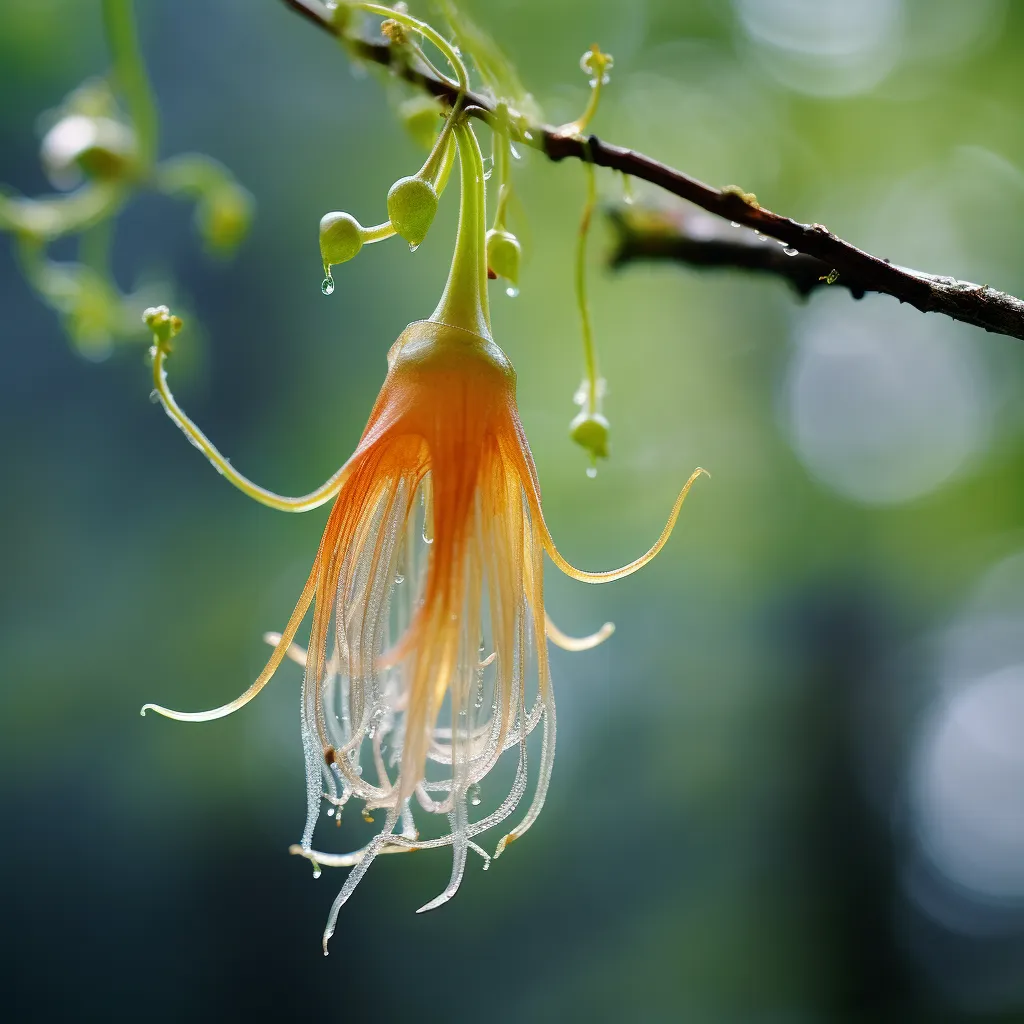Story of Day :
Contents
Growing and Caring for Russelia equisetiformis (Coral Plant)
Are you looking to add a splash of vibrant color to your garden? Look no further than the beautiful Russelia equisetiformis, commonly known as the coral plant.
With its delicate, coral-colored flowers and graceful foliage, this plant is sure to become a showstopper in any garden.
In this article, we will explore some essential tips for growing and caring for Russelia equisetiformis.
Planting Location
The first step in successfully growing Russelia equisetiformis is choosing the right planting location.
This plant thrives in full sun but can tolerate partial shade.
Make sure to select an area with well-drained soil as excessive moisture can cause root rot.
- Choose a location with full sun or partial shade
- Ensure well-drained soil

Soil Preparation
Prior to planting your coral plants, it’s important to prepare the soil properly.
Start by loosening the soil using a garden fork or tiller.
Remove any rocks, weeds, or debris that may hinder root growth.
Russelia equisetiformis prefers slightly acidic soil with a pH between 6 and 7.
If your soil is too alkaline, consider amending it with organic matter such as compost or peat moss.
- Loosen the soil using a garden fork or tiller
- Remove rocks, weeds, and debris from the planting area
- If necessary, amend alkaline soil with organic matter

Watering Requirements
Adequate watering is crucial during the initial stages of Russelia equisetiformis growth.
Water your plants regularly, ensuring that the soil is consistently moist but not waterlogged.
Once established, coral plants are relatively drought-tolerant and require less frequent watering.
However, in extremely hot and dry climates, it’s important to provide supplemental water to prevent wilting.
- Water regularly until plants are established
- Avoid overwatering to prevent root rot
- Provide supplemental water in hot and dry climates

Fertilizing
To promote healthy growth and abundant flowering, it’s recommended to fertilize Russelia equisetiformis regularly.
Use a balanced fertilizer with an NPK ratio of 10-10-10 or similar.
Apply the fertilizer according to the instructions on the packaging.
Avoid over-fertilizing as this can result in excessive foliage growth at the expense of flower production.
Pruning

Russelia equisetiformis is a fast-growing plant that benefits from regular pruning.
Pruning helps maintain its shape, encourages bushier growth, and stimulates more blooms.
You can prune your coral plant in late winter or early spring before new growth begins.
Remove any dead or damaged branches and trim back any overly long shoots.
- Prune in late winter or early spring before new growth starts
- Remove dead or damaged branches
- Trim back excessively long shoots
Pest and Disease Control
Coral plants are generally pest-resistant but can occasionally suffer from aphid infestations.
If you notice aphids on your Russelia equisetiformis, you can wash them off with a strong jet of water or use an insecticidal soap.
Keep an eye out for any signs of disease, such as powdery mildew or root rot.
If detected, take immediate action to treat the affected plant and prevent the spread of disease.
Conclusion
Russelia equisetiformis is a stunning plant that can bring a burst of coral color to your garden.
By following these care tips, you can ensure its successful growth and enjoy its beautiful flowers year after year.
Choose the right planting location, prepare the soil adequately, provide sufficient water and fertilizer, prune regularly, and monitor for pests and diseases.
With proper care, your Russelia equisetiformis will continue to thrive and delight you with its vibrant display.